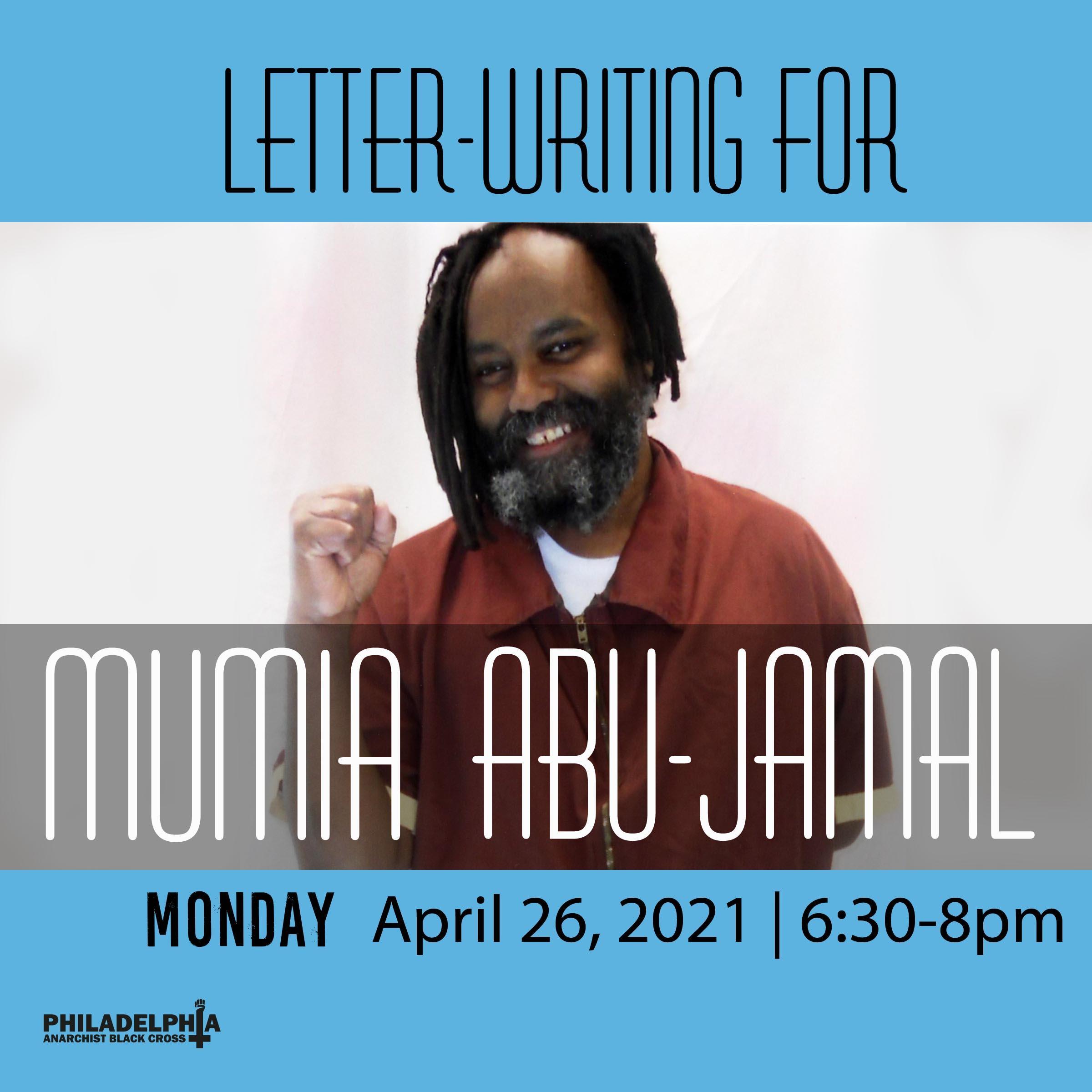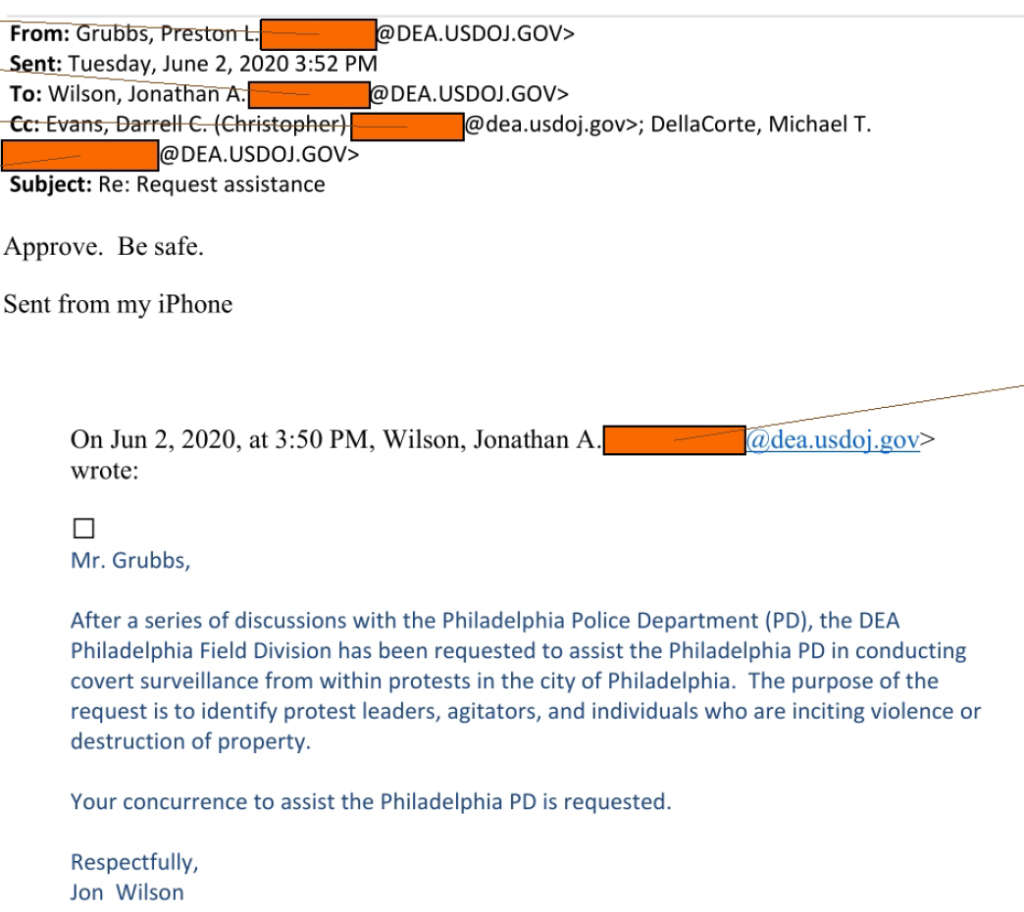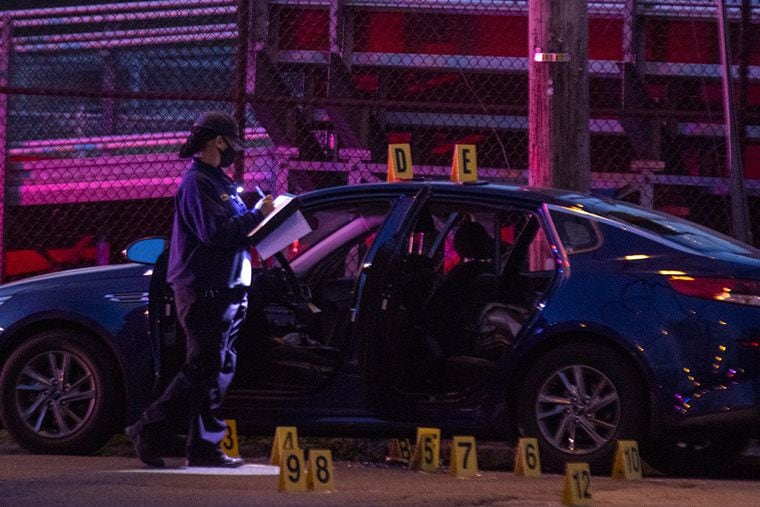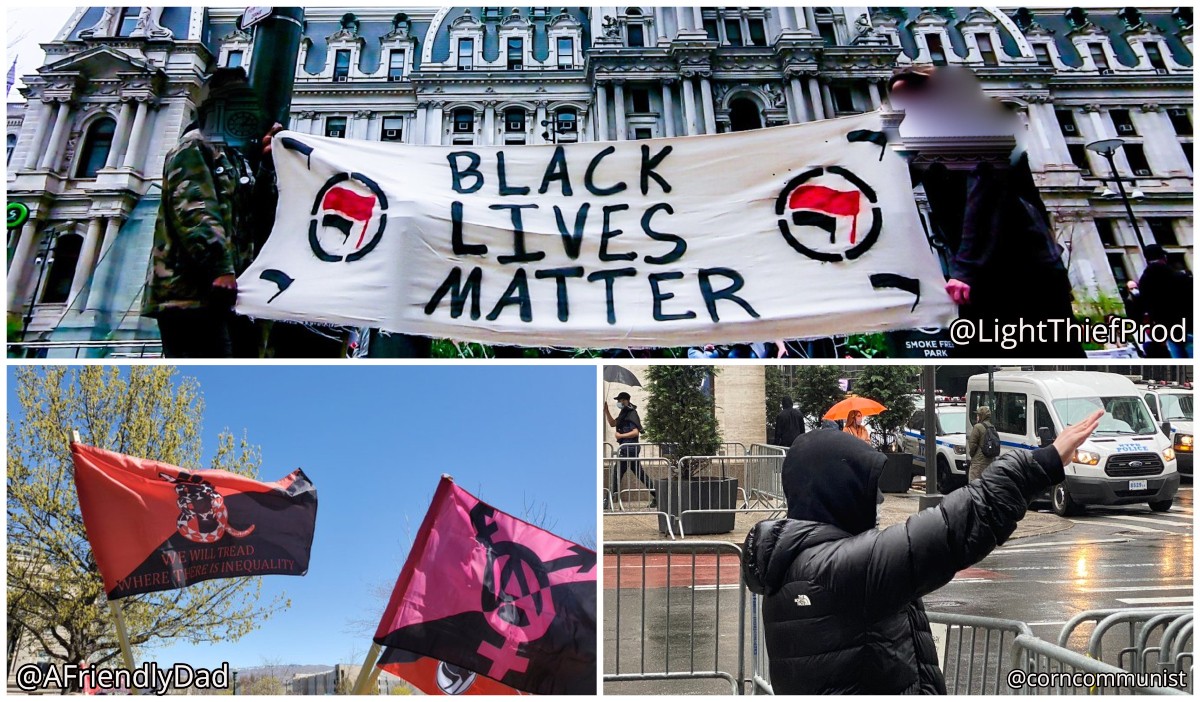from mainstream media

Philadelphia officials and community leaders Friday outlined plans for increased emergency operations and law enforcement staffing, while Gov. Tom Wolf activated more than 1,000 Pennsylvania National Guard members to the city in preparation for any potential unrest following the verdict in the trial of Derek Chauvin, the former Minneapolis police officer charged in the killing of George Floyd.
At the request of the city, Wolf signed a proclamation of disaster Friday evening, activating the 1,000-plus state Guard members, to support “the current efforts in Philadelphia to protect our beloved neighbors and city.” The proclamation is effective for 90 days unless Wolf rescinds or extends it.
The activation of the Guard came after city leaders held a news conference Friday, saying they learned from the large-scale racial justice demonstrations and unrest in Philadelphia last spring following Floyd’s death, and have developed a “holistic plan” to address any aftermath of the landmark Chauvin verdict.
“Regardless of what may develop, I am confident that our department is prepared for whatever may come our way,” said Police Commissioner Danielle Outlaw, standing in front of the Municipal Services Building — a flash point for conflict in 2020, where the statue of former mayor and police commissioner Frank Rizzo once stood, and where a mural highlighting Black Lives Matter protesters was later installed.
Last year, she said, ”while we made missteps along the way, we are committed to moving forward in a meaningful and productive manner.”
Closing arguments in the trial are set to begin Monday, with no timetable on when the verdict may be reached.
A review commissioned by Mayor JIm Kenney found that police were “simply not prepared” for the demonstrations that ensued in Philadelphia following Floyd’s death last May, where short staffing, lack of equipment, and insufficient planning had “cascading effects,” with “inordinate use” of tear gas and other less-lethal munitions by police and “at times, excessive force against protesters.”
This year, the Police Department is increasing staffing and canceling days off to ensure a presence across the city, “to enhance the protection of critical infrastructure, businesses, and neighborhoods,” Outlaw said. Beginning Saturday, the Office of Emergency Management will also be fully staffed every day for the next several weeks, said Director Adam Thiel.
The National Guard — which occupied Philadelphia for weeks last year following unrest after Floyd’s death and again in October after officers shot and killed Walter Wallace Jr. — is not in the city yet, Thiel said, but it is ready to deploy ”if needed.”
According to Wolf’s office, the Guard’s duties may include — but are not limited to — area security, manning traffic control points, and providing security at critical infrastructure sites. Citing security concerns, the office said that specific locations, numbers of troops, and locations could not be discussed.
Outlaw said that police have not ruled out using tear gas, rubber bullets, and other “less-lethal munitions,” but that they would not be fired “against peaceful demonstrators.” Following the tear-gassing of demonstrators on I-676 and residents in a West Philadelphia neighborhood, police implemented a moratorium on the munitions in June, and in November, Kenney signed a bill barring use of such devices “on any individual engaging in First Amendment Activities.”
Police intend to honor the moratorium and legislation, a spokesperson said.
Outlaw said the department would do “everything possible” to avoid disruptions, but that some streets may be closed to traffic.
“Things might look different in your neighborhoods over the coming days,” she said. “You will see officers on bikes, and some officers on foot. Some officers may be on horseback. You will even see some officers throughout the city, along with police clergy, offering prayer, opportunities for healing, and distributing City of Philadelphia resources. There’s even a chance that you will see a Pennsylvania National Guard soldier in your neighborhood. Please remember that they are all here to serve you.”
Officials encouraged residents to sign up for emergency updates by texting “ReadyPhila” to 888-777.
Ahead of the Chauvin verdict, the city will also assist in virtual “community healing circles” for residents to share their feelings and find support from neighbors, said Managing Director Tumar Alexander. He said the city is asking community leaders to hold their own events, and providing resources to encourage healing conversations offer support, and information on knowing your rights while protesting. Additionally, he said, business owners, volunteers, Town Watch Integrated Services, and the Office of Violence Prevention will “passively patrol the communities and commercial corridors … not as law enforcement, but just as citizens looking to engage other citizens and business owners.”
Some community and faith leaders also urged residents to refrain from destroying property in protest.
“We must be ready to embrace the opportunity to dig deeper to end racism, brutality, and injustice, we should embrace the right to protest to demand change,” said Sharmain Matlock Turner of the Urban Affairs Coalition. As the Rev. Dr. Martin Luther King Jr. said, “‘Injustice anywhere is a threat to justice everywhere,’” Turner added, but Dr. King “also gave us wisdom in our fight for justice saying, ‘Nonviolence is a powerful and just weapon. It is a sword that heals, which cuts without wounding and nobles those who wield it.’”
“Speak up, protest, but do not tear up,” said state Sen. Vincent Hughes (D., Phila.), recalling discussions with city business owners whose stores were damaged during unrest last year, some who never recovered.
In Minneapolis on Thursday, after nearly three weeks of testimony, Chauvin’s defense rested after he declined to take the stand.
Last week, miles from where the Chauvin trial was underway, police in a Minneapolis suburb shot and killed Daunte Wright, a 20-year-old Black man, leading to several nights of unrest. In Philadelphia, protesters marched through the city for justice for Wright, and more demonstrations are expected this weekend.

















